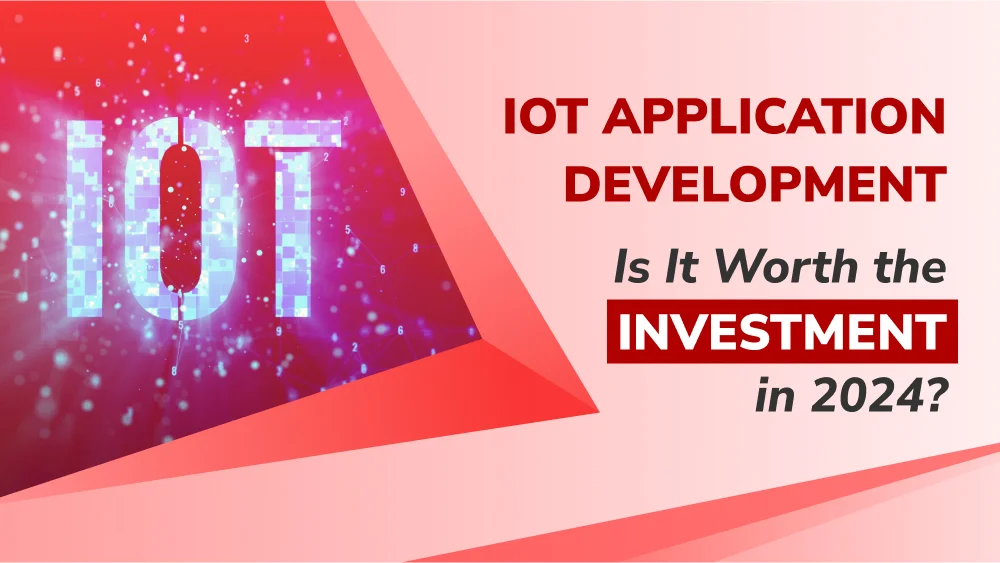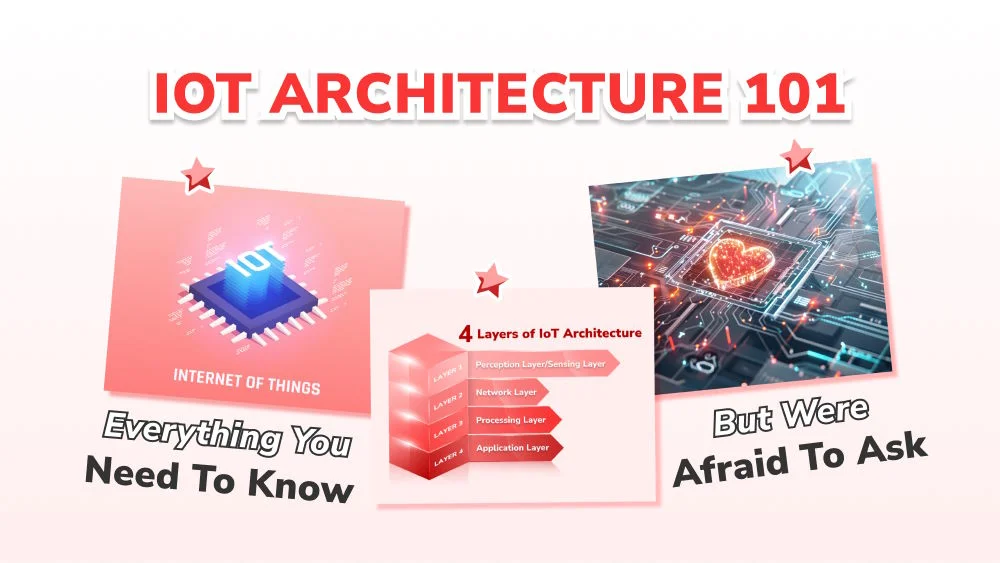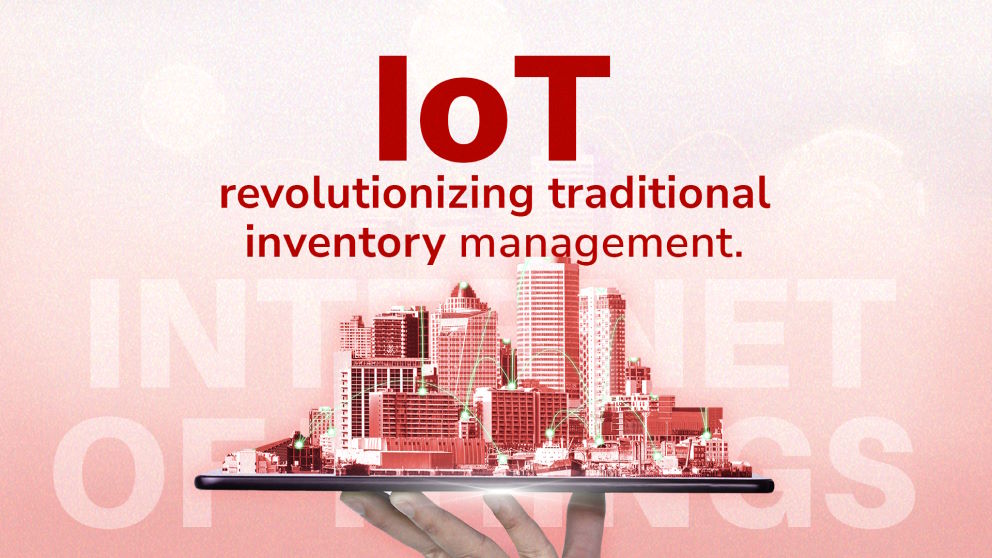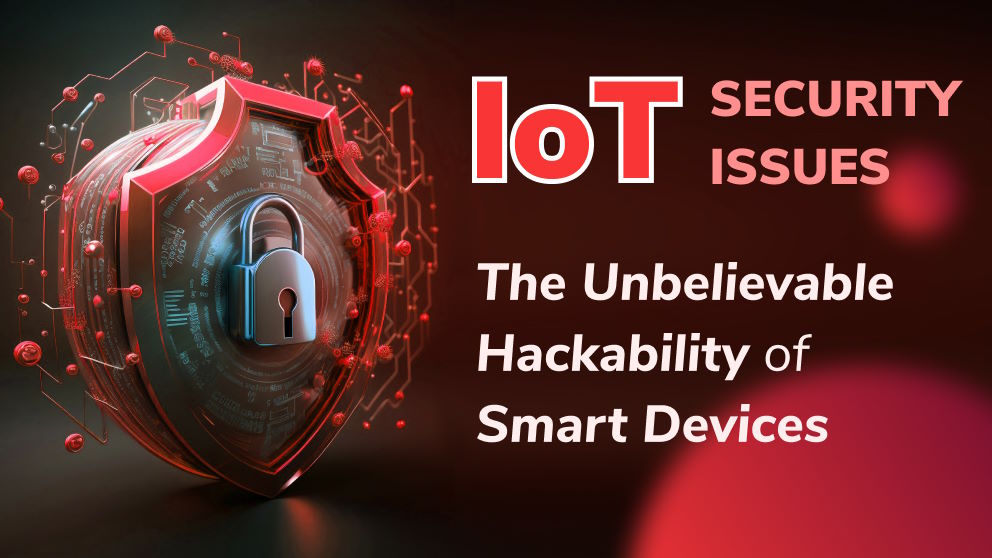Keeping Your Data Safe with IoT Security Solutions
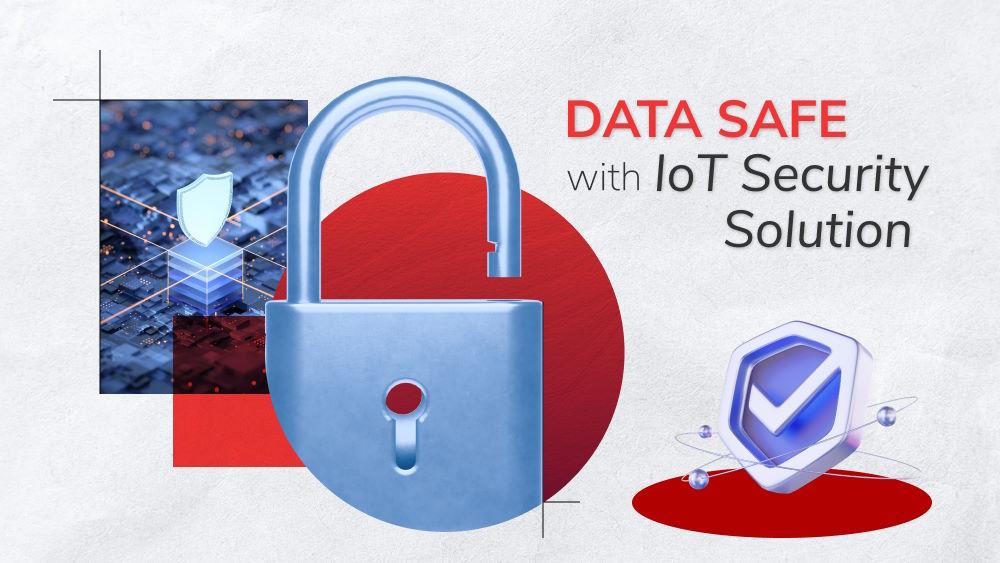
Content Map
More chaptersThe world of IoT and OT is expanding. The worldwide spending on the Internet of Things is predicted to go up to 1.1 trillion U.S. dollars in 2023. Here is another statistic that is worth your attention: By 2023, it is anticipated that spending on security services will amount to about 76.5 billion dollars.
As more and more devices join the IoT networks, more and more private data is given up, sometimes even without us knowing. Thus, the enormous data collected has become vulnerable to possible data theft or other cyber-attacks. As a result, many businesses have been working hard on developing IoT security solutions.
Why do IoT security solutions matter? Should we rely on the embedded security provided? Are the security teams doing enough to secure IoT devices?? Is there anything we can do to protect ourselves?
IoT Security Challenges
Despite the many attractive advantages and daily applications, IoT is not perfect. One huge problem this technology faces is security, especially data security. To be specific, this problem is made up of several factors.
The Lack of Mechanisms for Managing Data and Data Flow
So far, there has been no universal regulation or law regarding IoT security. This leaves many organizations guessing, and many of them do not even have the proper and suitable hardware to support the data network, to begin with.
Then, the operators of such systems might lack the necessary experience and knowledge to operate them, undermining the entire network’s security properly. Security risks and problems are not flagged and fixed in time, allowing cybercriminals to act.
The problem might even come from the end-users themselves. If they are not familiar with IoT devices and do not set them up correctly, their sensitive data is vulnerable and can very well be taken advantage of by hackers. In short, unmanaged IoT devices are an attractive target for data breaching.
IoT Device and Data Complexity
The interconnected IoT devices grow larger and larger in number every year. This leads to the exponential growth of data generated, making it tough to track, collect, and manage. Many hackers take advantage of this weakness.
IoT security risks rise dramatically when the devices are linked to vital industrial or business operations. The data then serves as high-value targets for cybercriminals. Should the cyber-attacks be launched successfully, the damage and cost incurred are going to be substantial.
Cyberattack Vulnerability
The complex intertwined web of devices also means that many elements are dependent on one another. For example, when one bug affects the system, or if a hacker manages to attack and causes the devices to go down, the entire system easily corrupts as well.
IoT devices also rely heavily on the Internet. Without access to the Internet, important workflows may come to a halt. Therefore, companies need to be aware of this problem to come up with reasonable solutions instead of leaving backup plans as an afterthought.
It is obvious that the drawbacks and weaknesses of IoT systems call for robust cyber security solutions.
Types of IoT Security Solutions
There are three main types of security solutions when it comes to IoT. They can be applied for both individual uses of the device or at a manufacturing level, where industrial control systems are used.
- Network Security: Users must protect IoT devices from unauthorized access and possible exploitation. IoT network security employs a zero-trust security technique to reduce the corporate attack surface.
- Firmware Security: It is necessary to assess an IoT device’s hardware to ensure firmware security is in place. This is one of the steps to prevent potential security holes.
- Embedded: IoT device security is provided by nano agents. Runtime protection keeps an eye on the device’s present condition and reacts to irregularities to detect and stop zero-day attacks.
What Makes a Good IoT Security Solution?
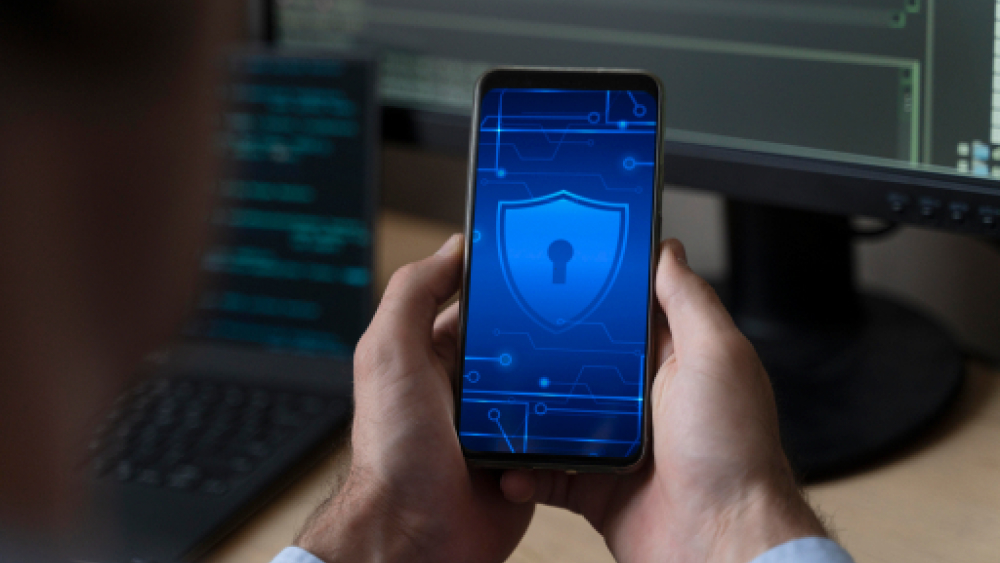
IoT devices are susceptible to cyberattacks. The Industrial Internet of Things (IIoT) is even more so vulnerable. The consequences of such attacks or data breaches can be severe.
However, this begs the question of what distinguishes a reliable security shield. You should think about the following factors when creating or selecting one with your team.
Adaption to the Latest IoT Hardware and Software
IoT technology is evolving at an incredible speed. In order to ensure there are no security gaps formed, your security solution of choice needs to keep the system in check and stay up-to-date.
Assistance with Software Upgrades
Similar to the previous criteria, your security service should be able to aid software updates when one is made available.
Stronger Built-in Security Controls in Inter-device Communication
One way to ensure device security is to use data encryption. This refers to data in use (on a device), data in motion (data traveling across data networks), and data at rest (data that has been saved).
Extensive Verification Processes
Paired with data encryption, your IoT security solution should also allow users to authenticate their smart devices. One way to do so is by introducing multiple user management features, then putting in place procedures like biometrics, two-factor authentication, three-factor or even multiple-factor authentication, and digital certificates.
Flag Disruptions to Device Users
The security solutions should provide users with a safe data pipeline and constantly update users on any security threats. More so, IoT security solutions need to constantly update their protection to allow connected devices to communicate safely with minimal risks.
Private Network Setup and Message Encryption
A proper solution is going to encrypt your data transfer. There are protocols to do so to secure transactions. Also, make sure you are aware of the different security levels of private and public networks. Your sensitive data should not be sent through a public network but rather through a private one with the help of Virtual Private Networks to make sure your data is not exposed to the public network.
What Factors Can Break an IoT Security Solution?
In order to protect your devices and data, IoT security solutions have covered numerous issues. Nonetheless, it is best to stay aware of the existing and possible problems.
Scalability and Flexibility
The number of IoT devices is only growing larger and faster with each passing day. Some architecture makes it difficult to address the complex network of IoT devices, let alone maintain technology throughout the system.
Therefore, embedded security needs to be taken care of by a system that scales and supports a wide variety of sensors. Authentication frameworks should also be created in a way that allows for deployment in systems with a large number of devices that are resource-constrained.
The Lack of a Universal Standard
There has not yet been any international or universal standard to secure IoT devices or protect the user’s data. Security standards, more often than not, come as an afterthought. This leads to difficulty in communication for devices from different manufacturers.
Compact Framework for Authentication
Authentication frameworks can be deployed in a centralized or decentralized fashion with the help of Artificial Intelligence (AI) and Blockchain technology.
Frameworks usually have many steps in the authentication process, which easily raises the computation cost as well as communication overhead. Therefore, it is more productive to have authentication frameworks with less back-and-forth messaging and simpler calculations.
Lack of attention to IoT security
As common as the Internet has become in our daily lives, IoT is still a rather new technology. Therefore, it is not uncommon to have end-users ignorant of privacy and safety. One may think this is not as big of a deal as it may seem like they are not harming anyone, but as IoT is a giant network of connected devices, one reckless mistake from one individual might very well affect the entire system.
This fact, once again, calls for providers to have security policies in place to protect users from themselves and external threats.
Bottom Line
There is no denying the importance of IoT security solutions. However, it is equally crucial to be aware of the risks and maintain your data privacy so that you are not dependent on any external security solutions.

